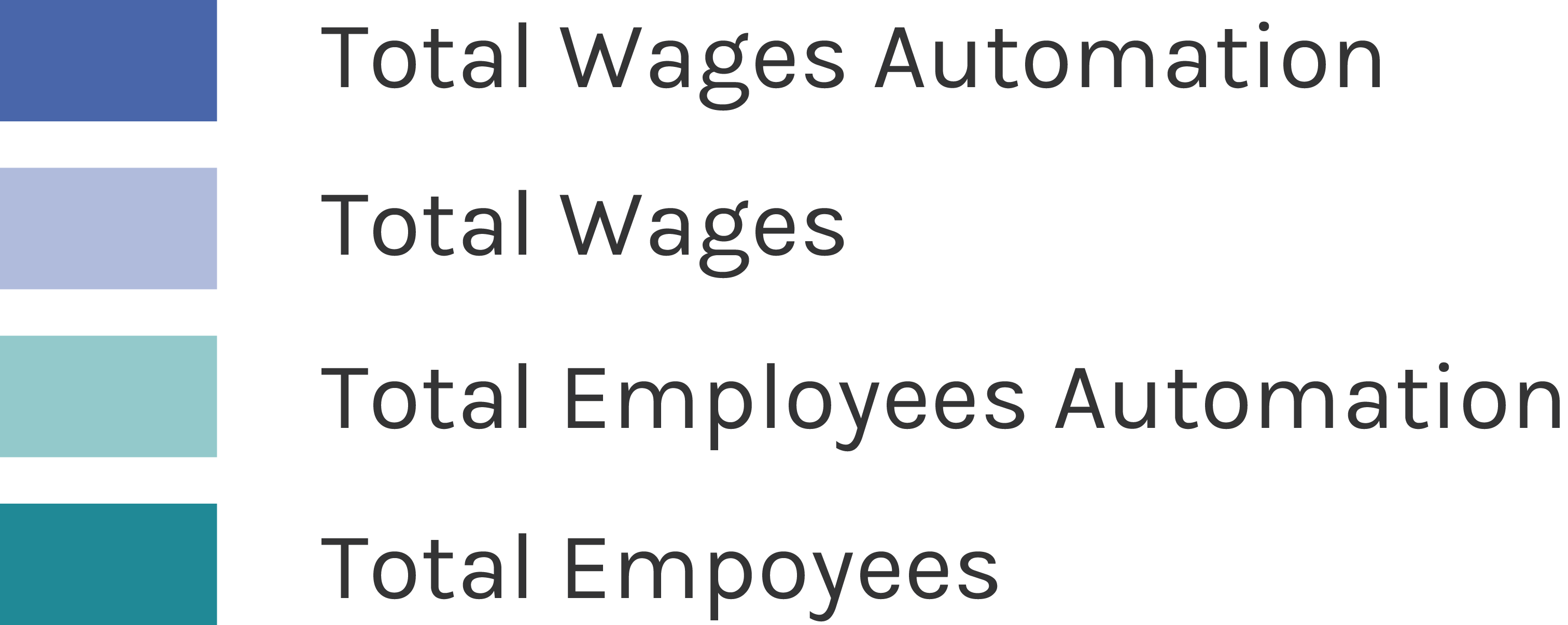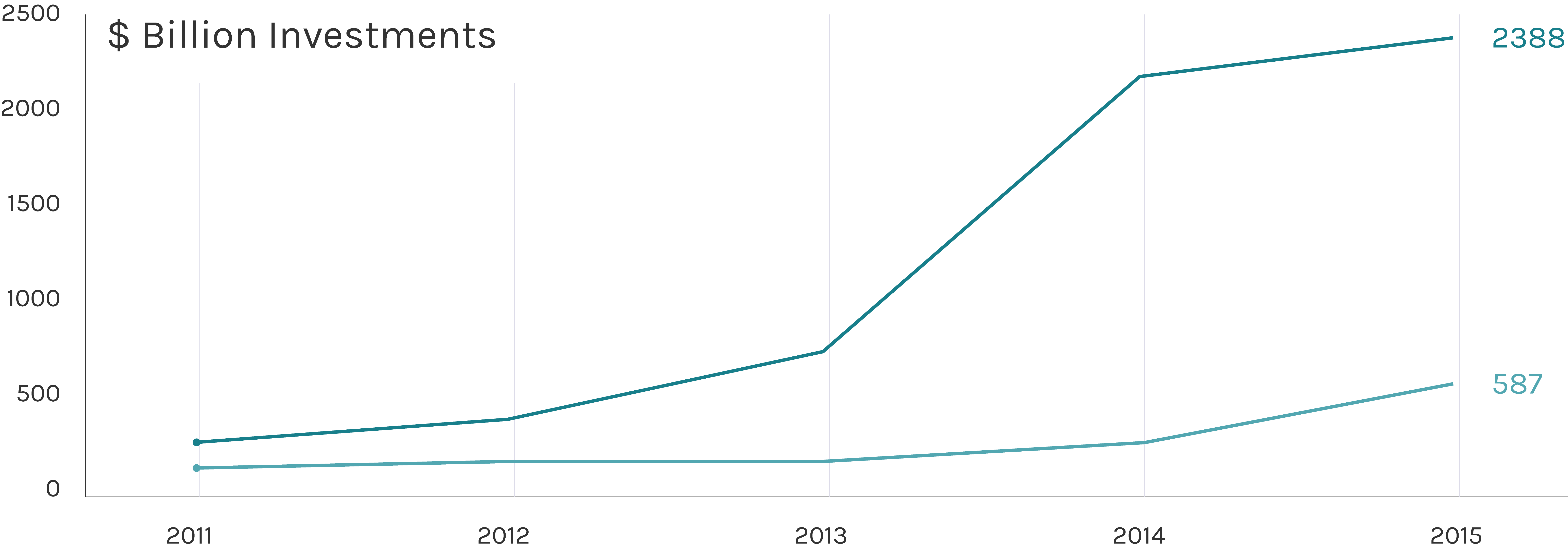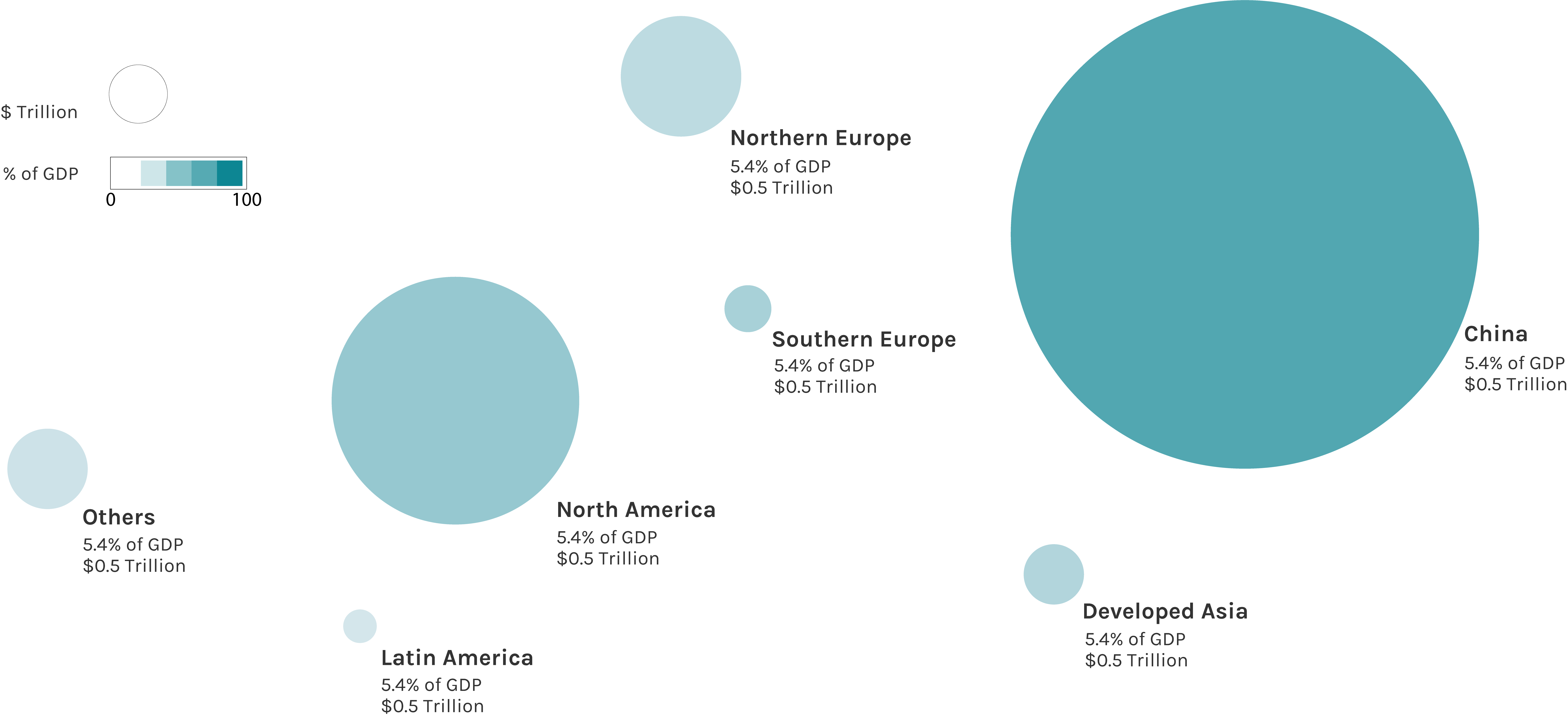REPLACING
Artificial Intelligence and the future of jobs
Recent developments in robotics, artificial intelligence, and machine learning are driving the
world to what is now called “the fourth industrial revolution".
People are pushed towards using and interacting with technology in new ways, such as
understanding and dealing with the complexity of the entangled world we are living in.
“We stand on the brink of a technological revolution that will fundamentally alter the way we live, work, and relate to one another. In its scale, scope, and complexity, the transformation will be unlike anything humankind has experienced before.”
Klaus Schwab
Founder and Executive Chairman
of the World Economic Forum
Rise of A.I.
The rise of Artificial intelligence (A.I.) is dominating headlines with news associated with AI research and product development fueled by large investments coming from both private corporations and governments.
Robotics
Investment in Robotics have been a steadily growing trend
in the last year. In 2015, driven by A.I. enhancements there
was a surge on said investment that almost doubled the funds.
THE ECONOMY OF THE FUTURE
According to an analysis by Pwc Research AI could contribute up to $15.7 trillion to the global economy in 2030, more than the current output of China and India combined. Of this, $6.6 trillion is likely to from consumption side effects.
According to the analysis, global GDP will be up to 14% higher in 2030 as a result of the accelerating development and take-up of AI – the equivalent of an additional $15.7 trillion.
A driver of change
Four ways of increasing revenues through A.I. & Robotics.
WORKFORCE REVOLUTION
The growing trend of this "new industrial revolution" affects every country in
different ways, even if it impacts workforce on a global scale.
Each country has a different number of employee and they generate different
wages, is in a different context and has a different potential, but the rise of
automation in positive or at least steady in every place.

The potential impact in the U.S.A.
The automation potential is a percentage that highlights of how many employee could be assisted with a robot or an AI. The U.S.A. are taken as an example for this section for the high rank of potential automation and research investments.
The feasible impact
Every job could be divided in a list of tasks common for each sector. That division can be used to show how many hours (already on percentage on that task total) could be automatize, and how much it could impact on said task.

PUBLIC OPINION
Many respondents in a recent Pew Research Center canvassing of technology experts predicted that advances in robotics and computing applications will result in a net displacement of jobs over the coming decades – with potentially profound implications for both workers and society as a whole.
?Will robots and computers do much of the work currently done by humans in 50 years?

?Will your current job exist in 50 years?



